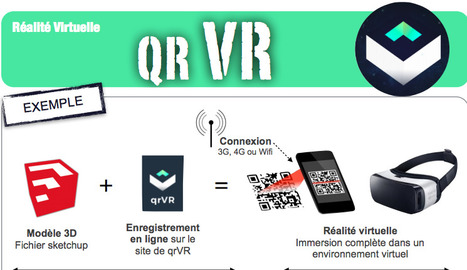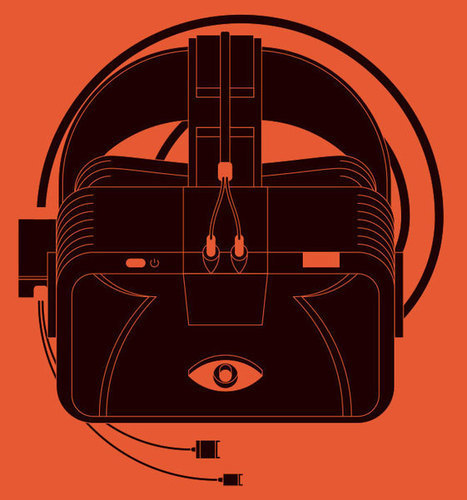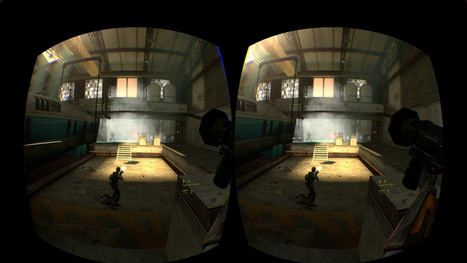Via Daniel Morgenstern, Frédéric DEBAILLEUL, JP Fourcade
Get Started for FREE
Sign up with Facebook Sign up with X
I don't have a Facebook or a X account
 Your new post is loading... Your new post is loading...
 Your new post is loading... Your new post is loading...

luiy's curator insight,
May 27, 2014 12:32 PM
ANATOMY OF THE RIFT
The Brain. The biggest challenge in creating realistic VR is getting the image to change with your head movements, precisely and without any perceptible lag. The Rift fuses readings from a gyroscope, accelerometer, and magnetometer to evaluate head motion. Even better, it takes 1,000 readings a second, allowing it to predict motion and pre-render images, shaving away precious milliseconds of latency.
The Display. Even the best LCD can take 15 milliseconds for all its pixels to change color. The Rift uses AMOLED screens, which can switch color in less than a millisecond. Oculus also figured out how to deactivate those pixels rapidly so the image doesn’t smear or shake when you whip your head around.
The Optics. You want an image that fills your entire field of vision without distortion. Typically that requires heavy, expensive lenses. The Rift uses a pair of cheap magnifying lenses, and Oculus developers distort their games so they look right when viewed through the optics.
Positional Tracking. Previous VR headsets let you look around but not move around. The Rift’s small external camera monitors 40 infrared LEDs on the headset, tracking motion and letting you crouch, lean, or approach an in-game object. 
Mlik Sahib's curator insight,
May 27, 2014 8:39 PM
"Beyond that, though, the company and its technology herald nothing less than the dawn of an entirely new era of communication. Mark Zuckerberg gestured at the possibilities himself in a Facebook post in March when he announced the acquisition: “Imagine enjoying a courtside seat at a game, studying in a classroom of students and teachers all over the world, or consulting with a doctor face-to-face—just by putting on goggles in your home.” That’s the true promise of VR: going beyond the idea of immersion and achieving true presence—the feeling of actually existing in a virtual space." |

Farid Mheir's curator insight,
August 21, 2016 9:52 PM
5 must read papers to understand where we stand in the area of direct brain communication with machines. In a nutshell; still very early.

Jed Fisher's curator insight,
August 5, 2013 5:19 AM
There is a quote from Bladerunner which I love when Tyrell says - '"More human than human" is our motto'. When it comes to computer graphics I like the motto "More real than real". Oculus is still a long way away from this but it is indeed another step towards it. |














qrVR gratuit